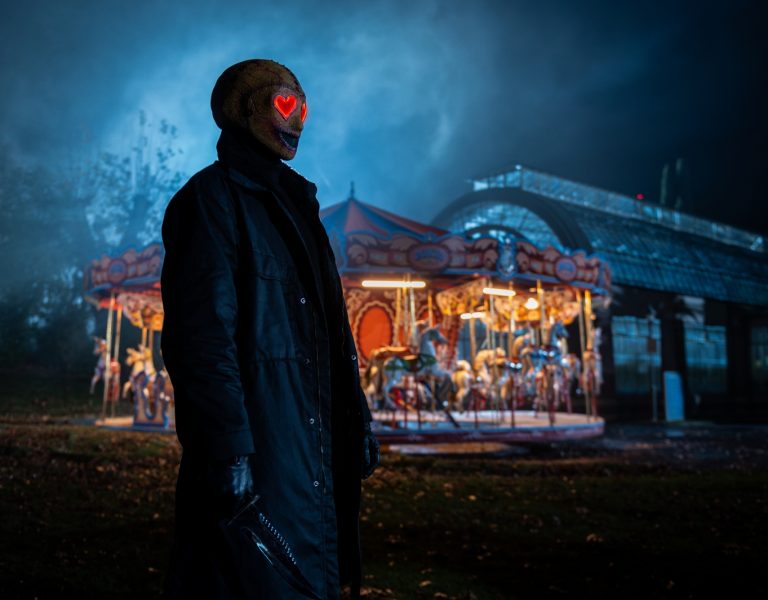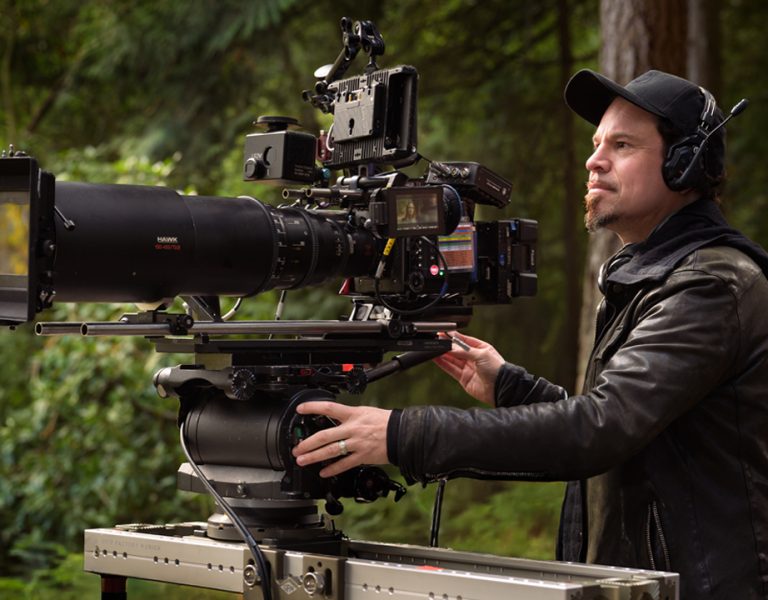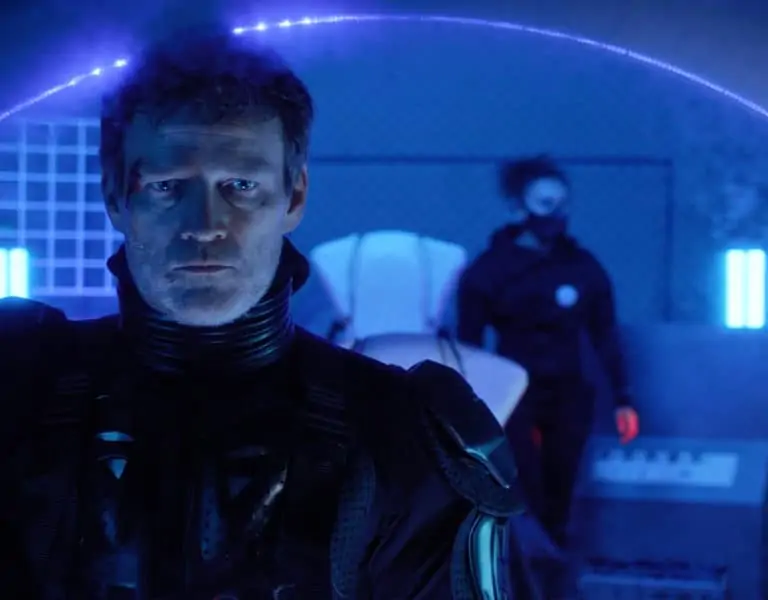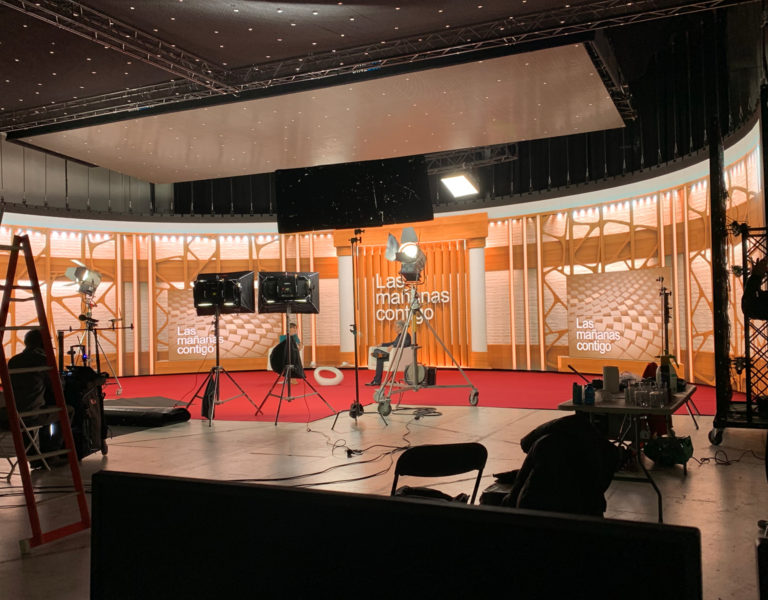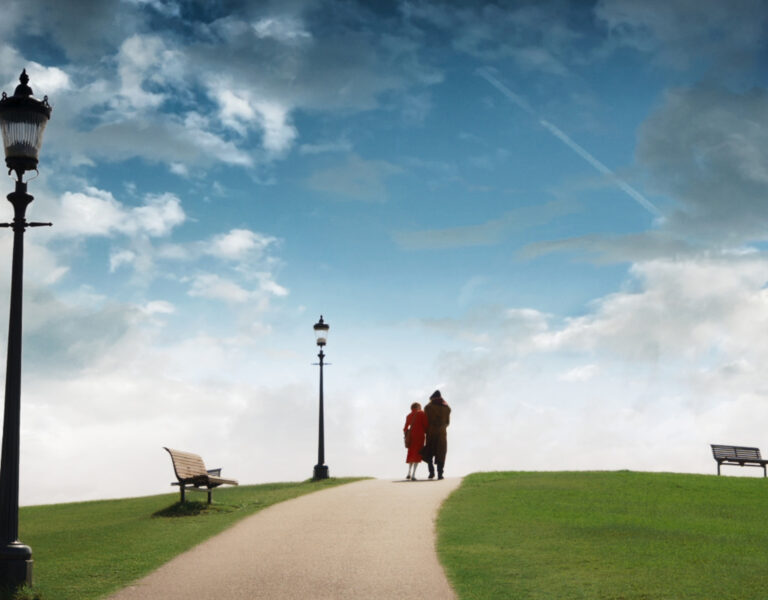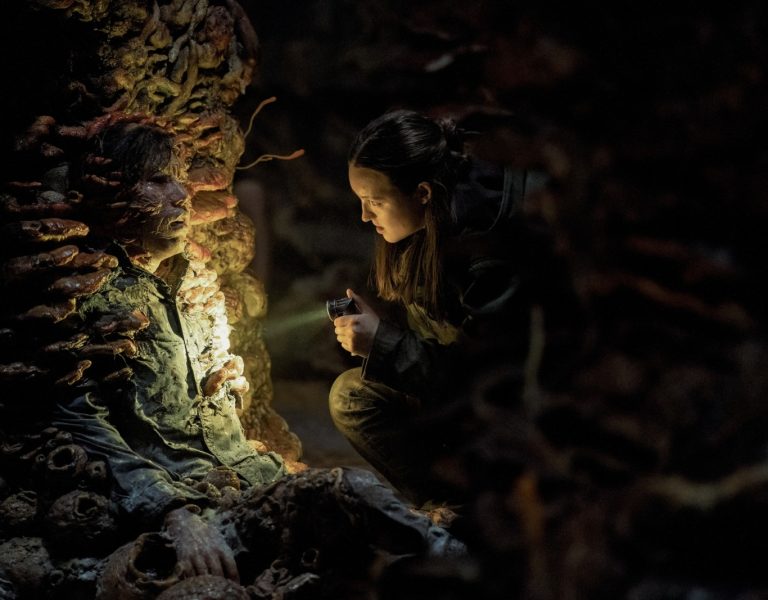Trouble in paradise
A couple heads to the Caribbean to give their marriage one last shot in Tom Paton’s thriller Assailant. Cinematographer George Burt reveals how he and his team pulled off the shoot, dealing with challenging locations and unpredictable weather conditions.
Assailant follows a British couple, Zoe and Jason, who book a private cruise in the Caribbean in hopes of rekindling their relationship and saving their marriage. After a seemingly harmless bar fight between the husband and a mysterious drifter, the situation devolves into a dangerous game of cat and mouse. The couple must fight together to save themselves from the Assailant.
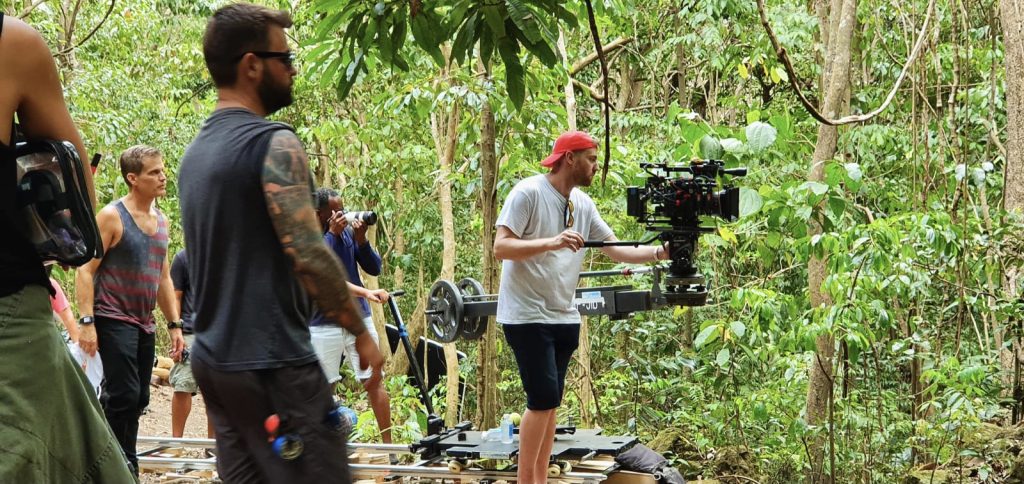
In pre production Tom and I discussed how we were going to create a sense of tension through depth and small details within our masters mid shots like a Gregory Crewdson photo. Gregory’s work has a fantastic cinematic feel to it and at the same time something creepy is happening within the image. This is the feeling we want to evoke in the audience.
Filming took place on the remote Caribbean island of Nevis. As it turned out, there hadn’t been a single case of COVID for nearly one year on the tropical island. It also was one of the most idyllic spots to shoot a movie with its stunning and vast locations. After 14 days of isolation in a shared house we began location scouting on the film. After being set free, we were shown the island’s attractions and given a tour of Nevis. We rapidly came to the conclusion that we should avoid everything with a touristy appearance because this wasn’t the world we had first hoped for.
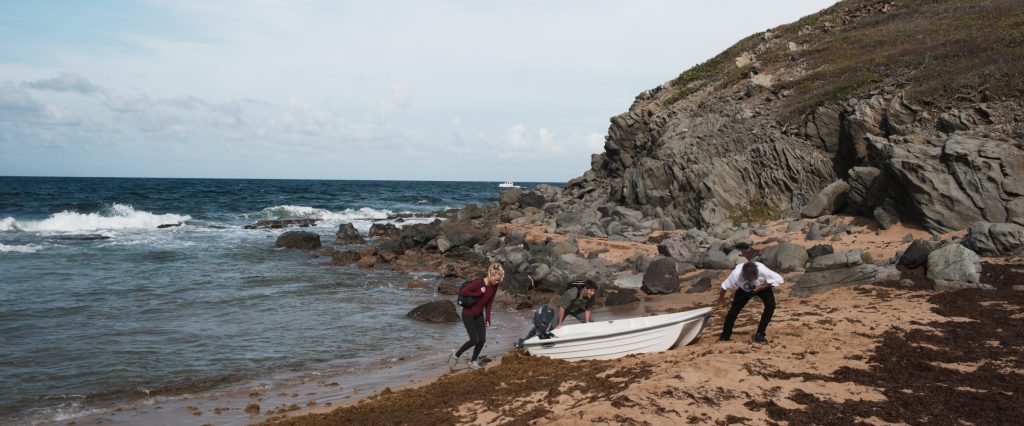
The entirety of the camera, lighting, and grip equipment was provided by ProVision in the UK. Creepy, slow camera movements were essential to producing the tone and suspense in the action moments, which required a sense of strain. Some of the scenes were balanced using tools such as a Grip Factory Munich GF-JIB and 32 feet of Ronford tracks, which provided enough mobility to allow the performers to roam around freely without the necessity for cutting.
The project’s chosen camera was the ARRI Alexa LF. First of all, this camera’s full-frame sensor allowed us to use longer lenses’ optics while still taking broad images. In this survival film, Casper Van Dien’s character, Michael, kept appearing from a distance to hunt Jason and Zoe down at any cost. Casper’s character gained depth as he appeared among the enormous terrain, and the full frame effectively depicted the expansive jungle. For B-cam we used the Canon C500 MKII on the Ronin 2 and made good use of its extra-wide, full-frame sensor.
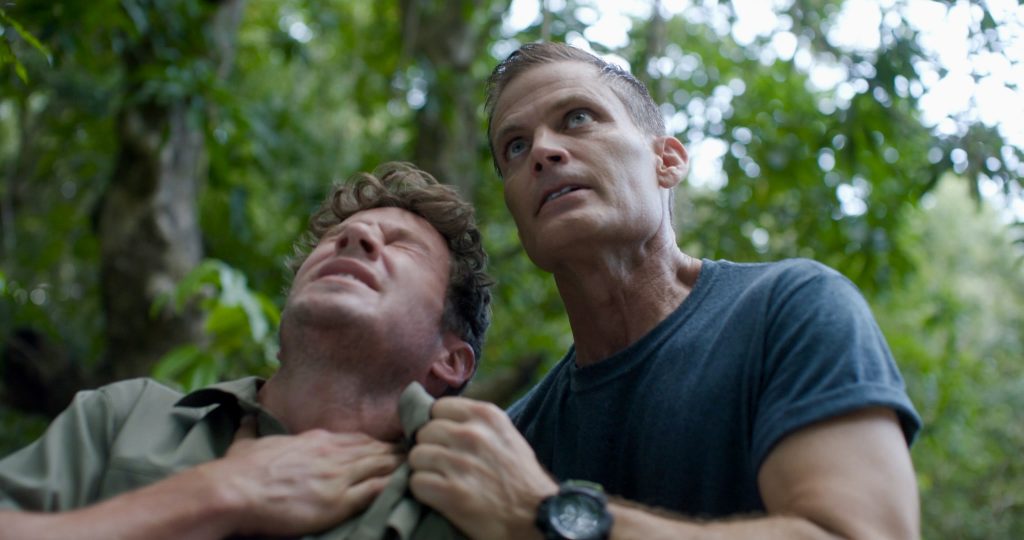
The locations were ambitious to say the least. They were either way off in the jungle somewhere or down a hidden, windy road or up steep hills leading to the mountains or rugged terrain and wild beaches off the Atlantic Ocean. Transporting equipment wasn’t easy, so we used off-road 4×4 dune buggies to assist. After loading up the grip jib, dollies, and tracks into trailers, we headed up the mountain to shoot the first scene.
We had four lead actors: Casper Van Dien, Chad Michael Collins, Poppy Delevingne and Jeff Fahey. They also had to endure the harsh heat and the sun beating down on them as they ran through the rugged terrain. The takes were long and we would start on a super wide of the location. The same shot would often turn into a mid or close-up as they ran across the landscape trying to get away from the Assailant. These takes were gruelling for the actors as they really pushed their bodies to the limit. I had to keep up and not let them down as if for any reason I messed up the framing or wobbled the camera we would need to get them to start again from the top.
Most of these scenes and a lot of the action sequences were filmed with the dolly and jib on a long track. This wasn’t too strenuous but we also had quite a few fully loaded Ronin 2 gimbal shots and chase scenes to film through uneven rocky ground in the midday sun.
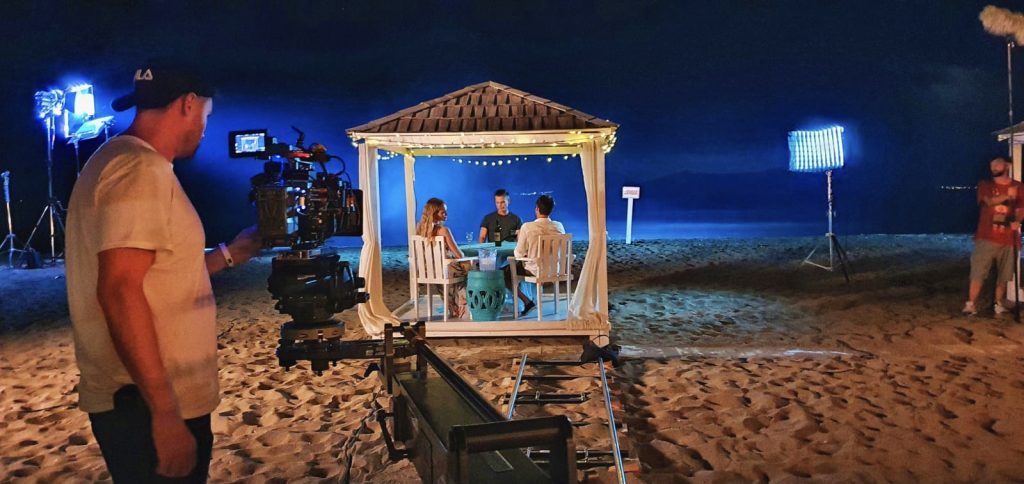
In the tropics the weather can change in a blink of an eye. We were fortunate to only have one day cancelled due to heavy rain. The night shoots were humid, and our talented lighting team did an excellent job. My gaffer Yavor Zahariev was a terrific assistance, working diligently through the nights with his team of sparks. His knowledge was first class: he has over eighty movie credits to his name and was incredibly dedicated.
To power our ARRI Sun 9K, 6K, 4K, and SkyPanels, we used a large generator. For our larger sets, all of these lights were necessary. We required a lot of light during the day to properly expose the bright background and to function when the sun dipped behind a cloud. We also required a lot of light at night to highlight the breaking waves on the shore.

Due to lockdown, a lot of the large boats were not readily accessible, making it difficult for us to find a suitable boat to rent. Finally, we were able to locate a boat called the Pascan. The yacht helped us move locations and travel to Nevis’s sister island, St. Kitts, to shoot the finale. Shooting on open water was incredible difficult as we faced big challenges with keeping the boat in position – not to mention almost crashing our drone as we landed in the windy conditions.
I was able to take aerial videos with the DJI Mavic 3 Cine after completing my CAA drone training and obtaining global insurance. At the end of the project, I spent four days filming the Nevis volcano from different angles and obtaining boat views out at sea.
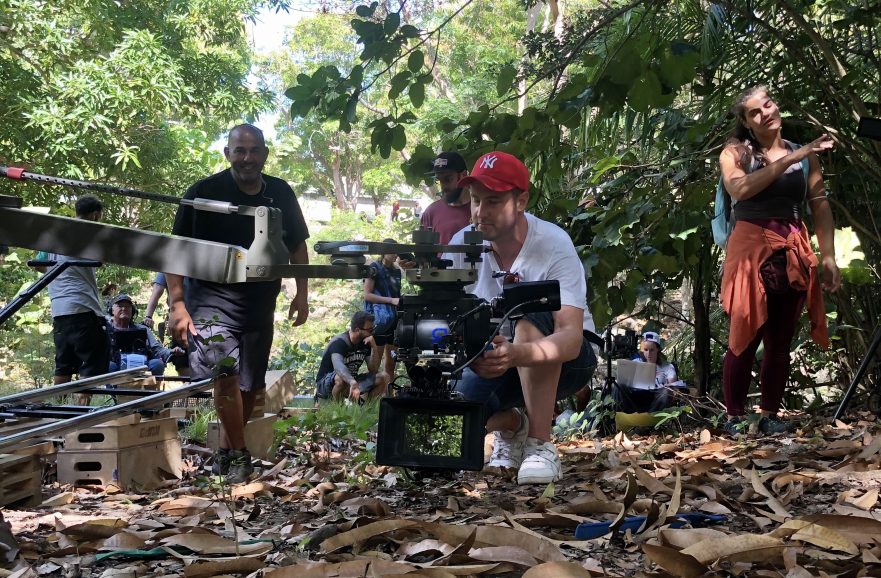
The major technical hurdles involved moving equipment from one remote location to another, levelling uneven terrain so that we could construct the tracks, but we also had to take some underwater pictures, which proved to be a little trickier because of the erratic ocean currents. Keeping an eye out for sharks is another consideration. Luckily we had Jane and her harpoon for water safety.
Our colourist, Matthew Wingad, graded Assailant with a fully digital workflow, in DaVinci Resolve, using Aces Colour Management, for a HDR P3 master, and HDR10 deliverables and manual SDR Grade. The content was a perfect showcase of HDR. We were really able to make the most of the expanded dynamic range to show off Nevis, especially the scenes under the rainforest canopy.
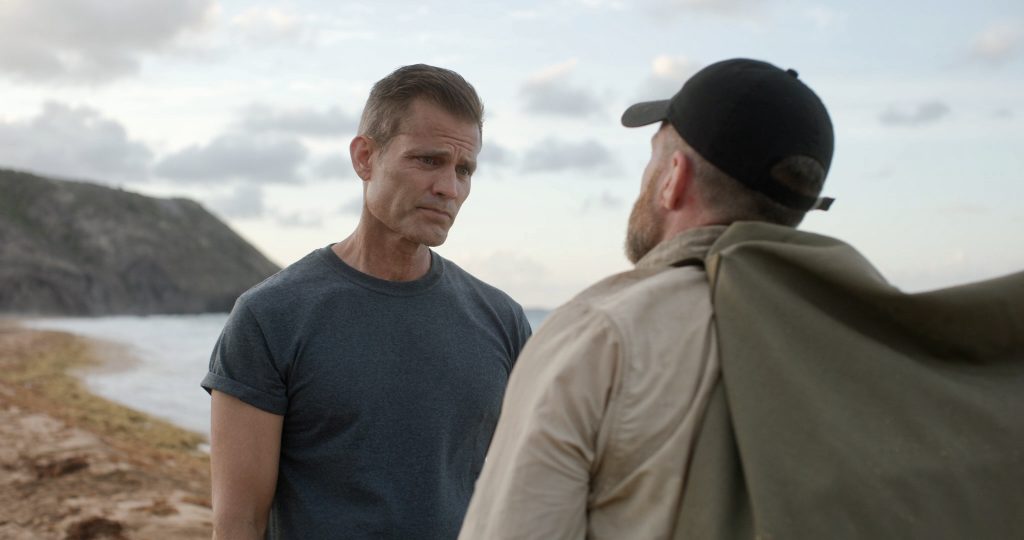
The logistics of filming a thriller on a far-off island are difficult. However, the filming process is attainable with a qualified and encouraging crew – I’d like to give a shout-out to my grip, Atanas Stoyanov. Working out where the camera has to go requires blocking the lengthy takes with the performers.
To capture the actors’ performances and get their eyes as close to the lens to see their connection, I really like the camera to hug the actors as much as possible and see from their perspective. When you have a cast and director with such talent, the process is made easier.



